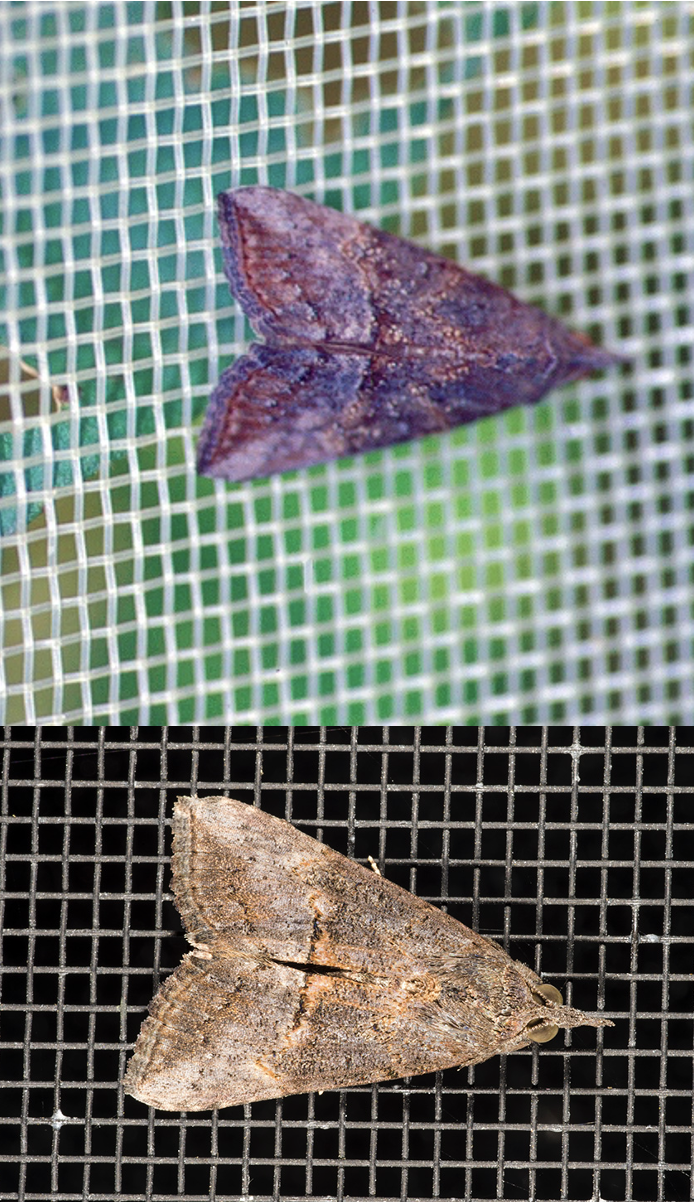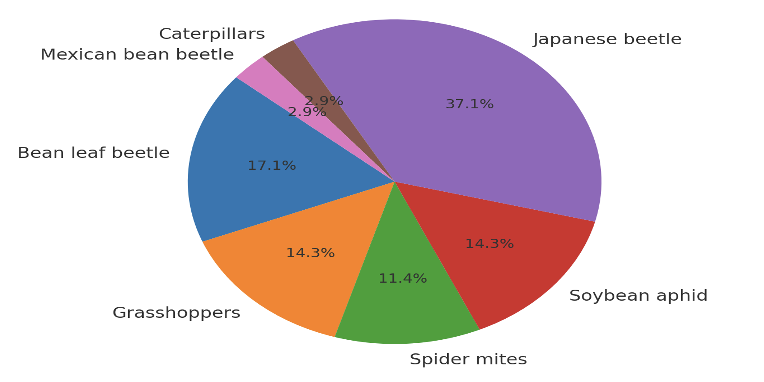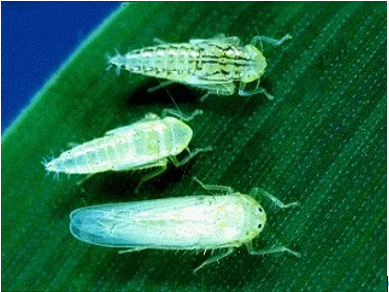
Most likely you have seen some darkly colored moths flying around farms, homes, and yards, especially to lights at night.


Most likely you have seen some darkly colored moths flying around farms, homes, and yards, especially to lights at night.

About a month ago, we published an article asking readers for input on what pests they were seeing and what levels of economic damage may be out there in corn and soybean fields.

The corn leafhopper (Dalbulus maidis) is a familiar pest to corn producers and pest managers in Central (its native range) and South America.
As mentioned in this space last week, below is a survey link to gain some insight into mid-season insect pests.
As mentioned in this space last week, below is a survey link to gain some insight into mid-season insect pests.

This is the time of year when much of the insect pest management in crops has been completed… early season pests have come and gone and weather conditions are ideal for crops to grow and recover from most minor damage.

Most readers have probably noticed a sharp increase in firefly activity lately.
The Field Crops IPM lab at Purdue is part of a study, funded by the NCSRP and led by UW-Madison, using AI-driven tools for maximizing soybean yield and profitability.

Most of the best article ideas come from observations in the field.

Every spring, black cutworm moths and armyworms invade our state.
© 2025 Purdue University | An equal access/equal opportunity university | Copyright Complaints | Maintained by Pest&Crop newsletter
If you have trouble accessing this page because of a disability, please contact Pest&Crop newsletter at luck@purdue.edu.